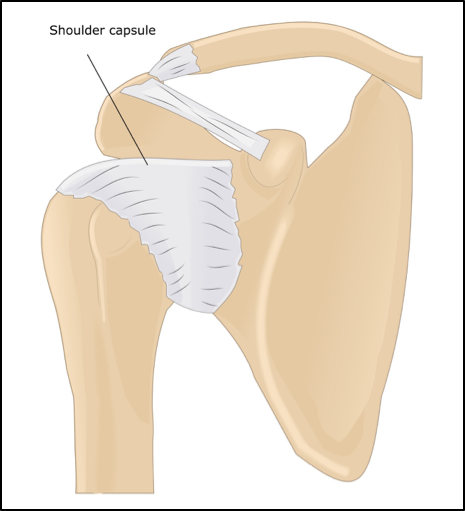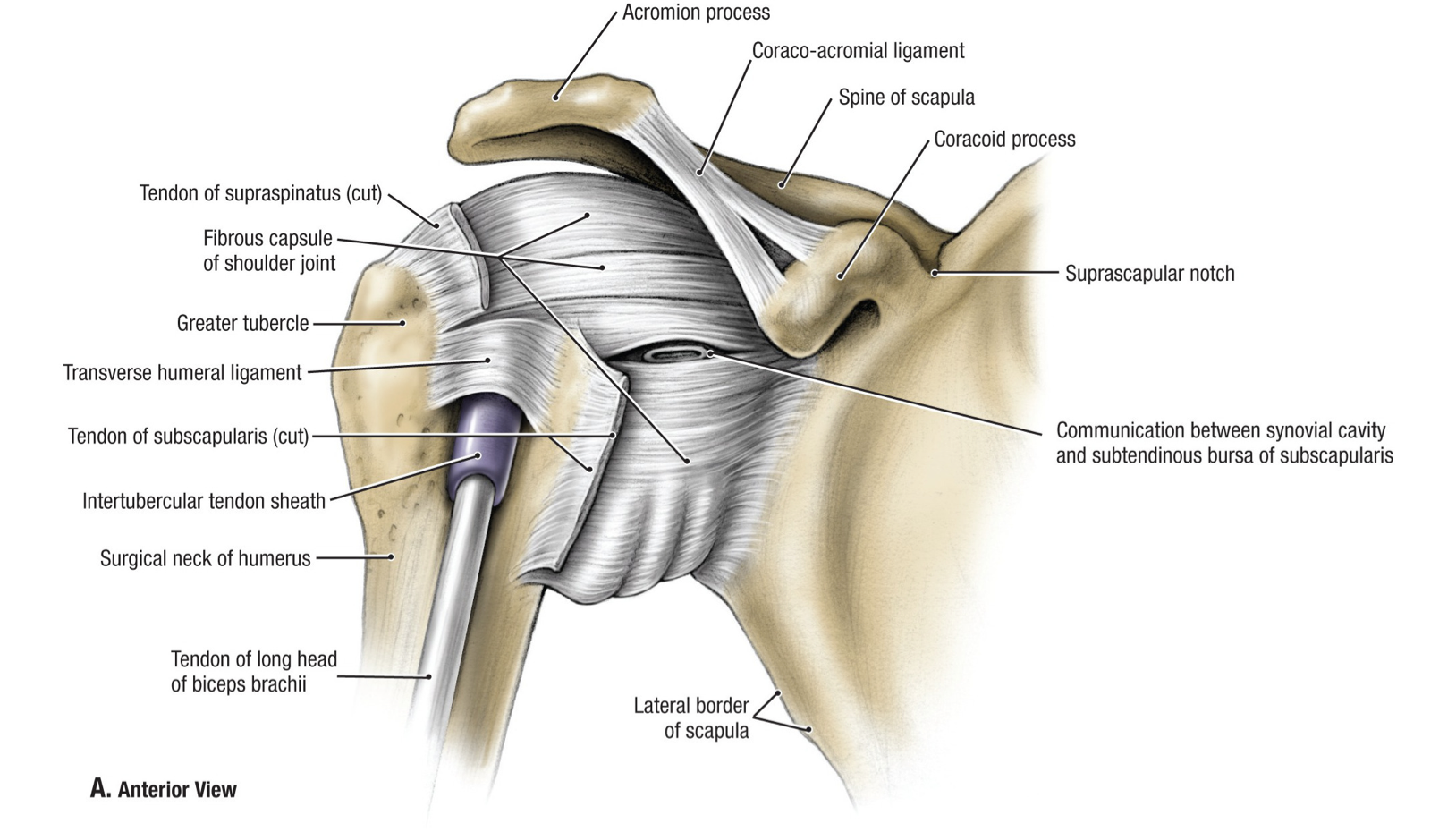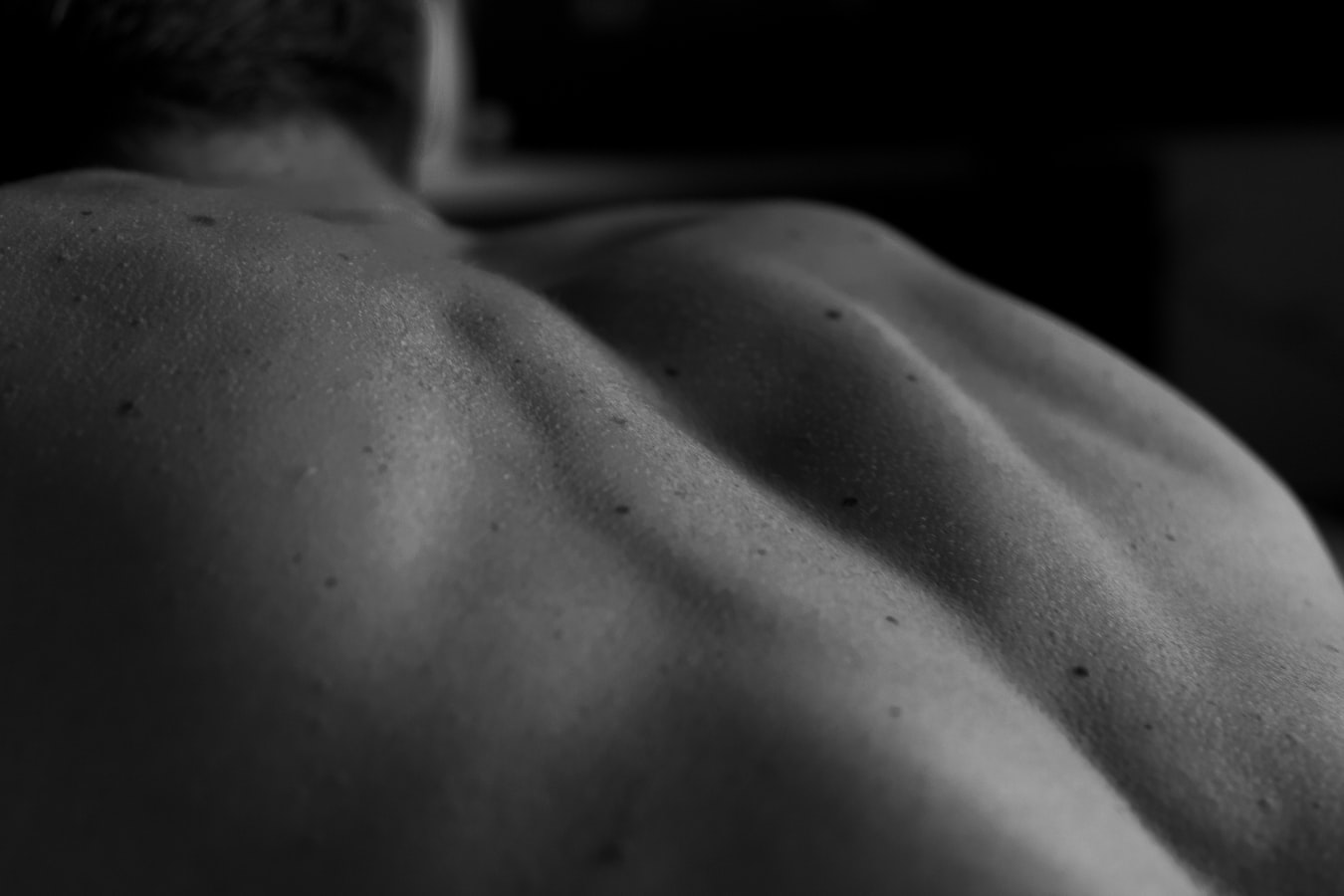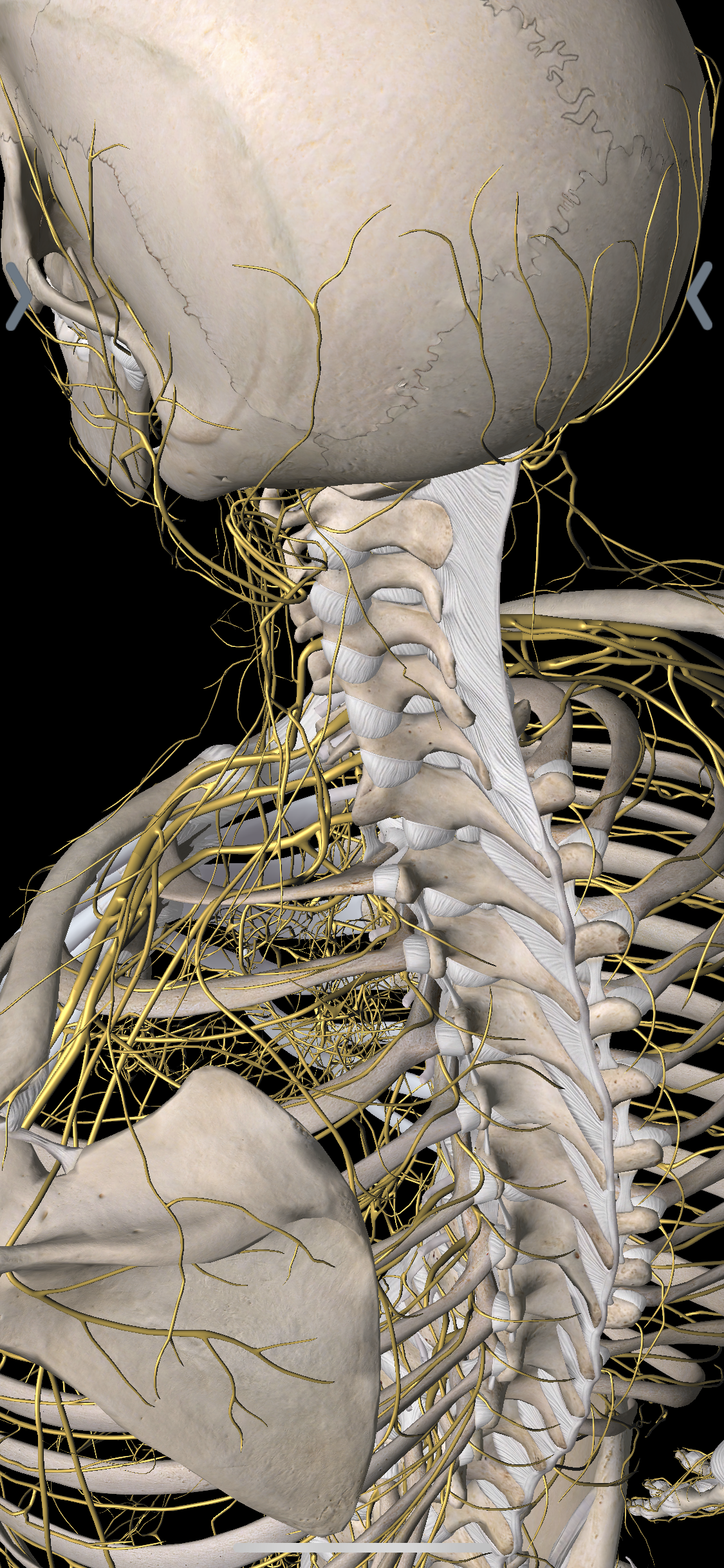To understand shoulder joint instability, or frequent shoulder dislocations, you need to understand the other supporting structures that keep your shoulder in place.
There are quite a few supporting ligaments that passively support your shoulder. These ligaments run over the front, back, and bottom of your shoulder and act like tightened shoe laces, to keep your shoulder joint snug and stable. They are referred to as the shoulder capsule.
We talked briefly about the capsule and capsular dysfunction in our frozen shoulder blog.
There is also connective tissue laying over the "tee" or socket of your joint called your labrum. The labrum basically makes this golf tee wider so your shoulder or golf ball won’t fall out or dislocate Think about how much better your golf game would be with that kind of support! A longer discussion on shoulder anatomy can be read here.
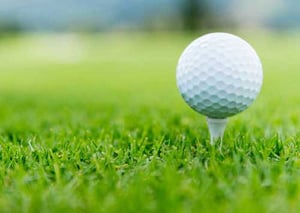
Shoulder Joint Instability Causes
Joint instability happens when these structures fail. Based on what holds your shoulder in place this sounds impossible!
But this CAN happen from:
- quick pulling or loading of the arm
- direct impact from the back such as being rear ended or tackled
- falling onto or reaching out with your arm from a fall.
When the shoulder dislocates it may jump back in place after a split second, or sometimes a medical professional will need to relocate the joint. But these ligaments became a little more loose after you dislocate your shoulder, and increase your chances of happening again!
Where Does Shoulder Instability Occur
Instability happens in certain areas of the shoulder that are more vulnerable. These tend to be the front of the shoulder, the bottom of your shoulder, and in rare cases, the back of your shoulder. You may also be more likely to dislocate your shoulder if you had past rotator cuff tears, or are generally what we may call HYPERmobile.
Shoulder Instability Exercises
Do you remember my blog about the rotator cuff muscles? These INCREASE your stability and can be trained to make up for what your ligaments don't do as well. Not only strengthening, but training these muscles to stabilize at the right time.
We want every shoulder stabilizing muscle to kick in right when your shoulder needs them, and training them can improve their activation! This type of rehab can get you back to your golf game, the gym, or playing with your kids in no time.
Can Physical Therapy Help with Shoulder Instability?
Absolutely! Our goals as a practitioners is to reduce irritability in the rotator cuff musculature, improve contractile strength, and improve the supporting cast (shoulder blade muscles, mobility in the mid-back, etc.). If you had more questions, our physical therapy clinic is located in Columbia and Baltimore, MD. We're happy to take a look and help.
Physical therapy for shoulder instability in Columbia and Baltimore, Maryland
If you have shoulder pain or instability reach out to our office today!

